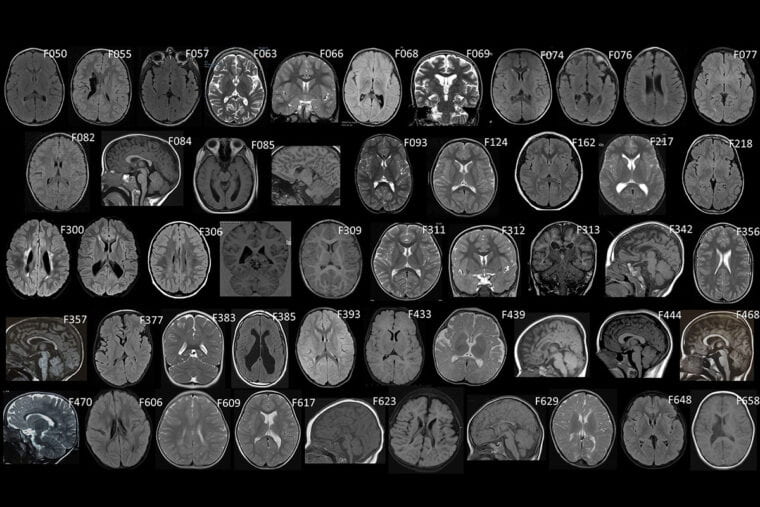The causes of cerebral palsy have long been debated and often are attributed to in utero infections, premature birth, or brain injury to the baby near or during delivery, usually from a lack of oxygen. But many young children diagnosed with cerebral palsy have not experienced such events.
Now, scientists have identified mutations in single genes that can be responsible for at least some cases of cerebral palsy, according to a new study led by researchers at Washington University School of Medicine in St. Louis, the University of Arizona College of Medicine in Phoenix, and Yale University. The study indicates that many of the mutations occur randomly and are not inherited from a child’s parents. The research is part of the International Cerebral Palsy Genomics Consortium, a global effort to understand genetic causes of cerebral palsy. The new knowledge could help improve the diagnosis of cerebral palsy and lead to future therapies.
The study appears Sept. 28 in the journal Nature Genetics.
The scientists were able to show that introducing mutations of the same genes into fruit flies caused the insects to have movement difficulties that resemble those common in people with cerebral palsy, a common neurodevelopmental disorder. Cerebral palsy can affect gait, balance and posture. It does not worsen over time but varies widely in severity, with some patients able to walk unaided, while others may use walkers or wheelchairs. According to the Centers for Disease Control and Prevention, it affects about two to four children per 1,000 globally.
“This international collaboration allowed us to conduct the largest genetic analysis of cerebral palsy patients and their parents to date,” said Sheng Chih (Peter) Jin, assistant professor of genetics at Washington University. “What is exciting about uncovering new genetic causes of cerebral palsy is the potential for the future development of therapies for these patients.”
Researchers have suspected that genetics could contribute to an elevated risk of developing cerebral palsy, but until now, individual gene mutations that can cause the disorder had rarely been identified. To better understand genetic contributions to cerebral palsy, the scientists sequenced the entire protein-coding portion of the genomes from 250 participants — cerebral palsy patients and both parents — seeking mutations that could play causal roles in cerebral palsy.
In particular, the analysis identified two genes — FBXO31 and RHOB — that when mutated are each alone sufficient to cause cerebral palsy. Many of the additional genes carrying mutations were only present in the child with cerebral palsy — meaning they arose randomly — while others were inherited from both parents. In general, the researchers found that many of the genes implicated in cerebral palsy have important roles in the wiring of brain circuitry during early stages of development.
